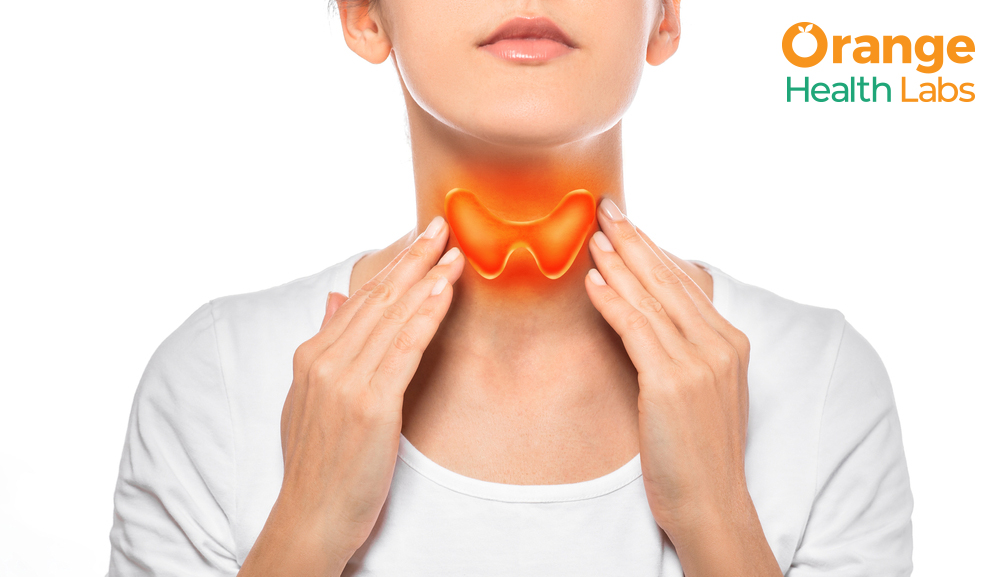Search for tests or checkups
SupportFasting vs. Postprandial Blood Sugar Tests: Understanding the Key Differences

Blood sugar monitoring is crucial for diagnosing and managing diabetes, a condition that affects millions worldwide. When left untreated, diabetes can lead to severe complications like kidney damage, heart disease, and nerve problems. Diabetes affects your body’s ability to process sugar (glucose), making regular blood tests essential to assess how well the body regulates sugar.
Two of the most common blood sugar tests for diabetes are the fasting blood sugar test and the postprandial blood sugar test (PPBS). Let’s understand how both tests provide valuable information, serve different purposes, and which test you may need based on your specific health needs.
What Is Fasting Blood Sugar?
The FBS test measures glucose levels after fasting for 8-12 hours, typically conducted in the morning. It provides a baseline measurement of how much sugar is in your blood without the influence of recent meals. It’s one of the simplest and most common tests to check for diabetes or prediabetes or monitor blood sugar in people already diagnosed with the condition.
The main purpose of FBS is to see how well your body regulates blood sugar without food intake. If your results are not within the normal range, it may indicate that your body is having trouble managing glucose, often a sign of diabetes or prediabetes.
What Is Postprandial Blood Sugar?
PPBS measures the level of glucose in your blood after eating. Typically, the PPBS test is done two hours after a meal. The purpose of this test is to assess how your body responds to the sugar from the food you’ve just eaten.
After eating, your body breaks down food into glucose, which then enters your bloodstream. In response, your pancreas releases insulin to help your cells absorb glucose for energy. If the results of your Post Prandial Blood Sugar Test at home or in the clinic aren’t normal, it may indicate that your body isn’t producing enough insulin or is unable to regulate it effectively, which can be a sign of diabetes or impaired glucose regulation.
What Do My Results Indicate?
The results of your FBS and PPBS tests provide valuable insight into how your body manages glucose levels. Here’s what the results of each test may indicate:
FBS Test Results:
- Normal: An FBS of 99 mg/dL or lower is considered normal.
- Prediabetes: Blood sugar levels from 100 to 125 mg/dL may indicate prediabetes, meaning your blood sugar levels are higher than normal but not yet high enough for diagnosing diabetes.
- Diabetes: An FBS result of 126 mg/dL or higher indicates diabetes.
- Hypoglycemia: Individuals with diabetes with FBS lower than 70 mg/dL and individuals without diabetes with FBS below 55 mg/dL may have hypoglycemia, or low blood sugar. Hypoglycemia can occur when there's too much insulin in the body, and other hormonal or metabolic issues can also cause it.
PPBS Test Results:
- Normal: A PPBS level below 140 mg/dL is considered normal, indicating efficient glucose management from your meal.
- Diabetes: A PPBS reading higher than 140 mg/dL can indicate diabetes, suggesting your body may not produce enough insulin or regulate it effectively.
- Hypoglycemia: Lower-than-normal PPBS levels may result from diabetes medication or intense exercise before the test. If PPBS levels are lower than FBS levels, this may indicate reactive hypoglycemia (meal-induced low blood sugar), and further testing may be needed.
If your test results show abnormal levels, it’s important to consult your doctor to determine the next steps. Further testing may be needed to confirm if you have diabetes, and your treatment plan will be developed accordingly.
Key Differences Between FBS and PPBS
Although both FBS and PPBS are useful for monitoring diabetes and adjusting treatments accordingly, here are the key differences:
Timing:
- FBS: Conducted after at least 8-12 hours of fasting, typically in the morning.
- PPBS: Done two hours after eating a meal.
Purpose:
- FBS: Assesses fasting glucose levels and helps in screening and diagnosis of diabetes, prediabetes, and fasting-related glucose issues.
- PPBS: Measures blood sugar levels two hours after a meal, screens for reactive hypoglycemia and gestational diabetes (diabetes during pregnancy), and evaluates glucose regulation and treatment effectiveness in conditions like postprandial hyperglycemia or insulin resistance.
When Each Test Is Preferred:
- FBS: Commonly ordered for routine screenings or checkups, especially for individuals at high risk for diabetes, including those with symptoms, a family history, or risk factors like obesity or pregnancy.
- PPBS: Often ordered for individuals with diabetes or symptoms of diabetes, insulin disorders, or during pregnancy to screen for gestational diabetes.
The cost of the Post Prandial Blood Sugar Test may vary from that of FBS, depending on your location and the chosen laboratory.
Why Are Both Tests Important?
Even though these tests differ, they are often ordered together to get a comprehensive view of your overall glucose management. When done together, the tests allow for a more accurate diagnosis and help tailor treatment plans effectively. Understanding how your body reacts to both fasting and food can lead to better lifestyle recommendations, more precise monitoring, and timely treatment to prevent complications.
Conclusion
In summary, both FBS and PPBS tests are essential for understanding glucose regulation and diagnosing diabetes. These tests provide valuable insights into how your body manages blood sugar in different states, helping doctors develop effective treatment plans. Regular monitoring through the FBS test and Post Prandial Blood Sugar Test in Bangalore can improve health outcomes and reduce the risk of diabetes-related complications.

Connection between CRP Levels and Inflammation

A Comprehensive Guide to Thyroid Variations and Essential Diagnostic Tests
